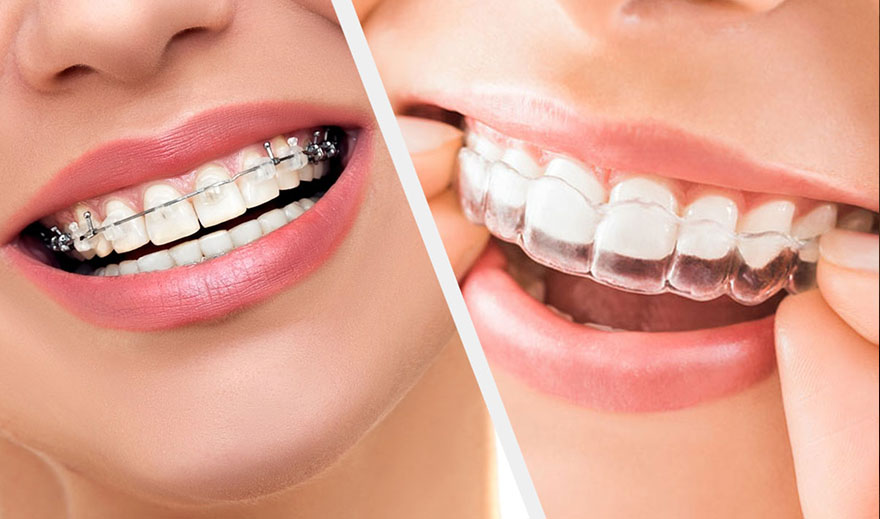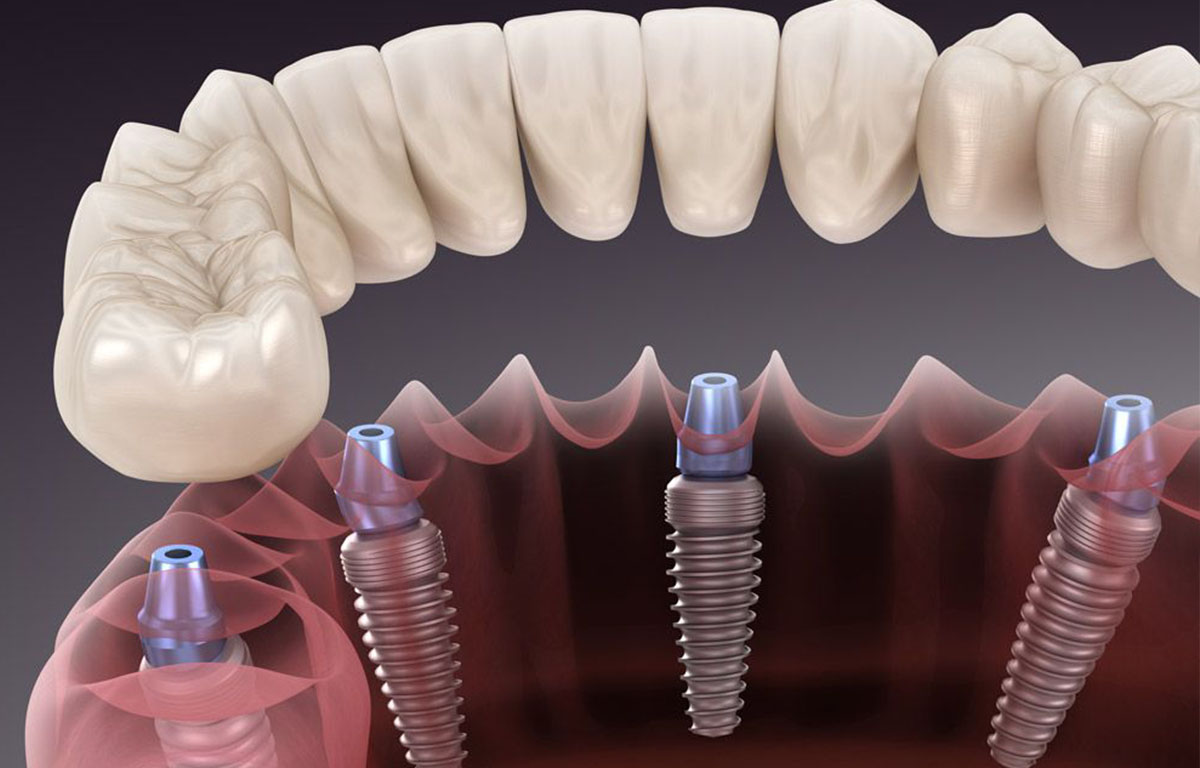
Clear aligners at Antalya Dental Hospital, Turkey
Clear aligners: What Are They, Benefits and Cost
Clear aligners, also called invisible aligners, are a type of orthodontic treatment that corrects misaligned or crooked teeth.
The clear solution to straight teeth.
Clear removable aligners are virtually invisible making them one of the more popular orthodontic treatments of choice by adults. They come in different brands but Invisalign and Eon are the known brands in the AYT (Antalya).
Clear aligners use 3D technology, so every treatment is customized for the patient. We use this advanced technology to pre-plan, simulate the desired result and make a series of aligners for the entire course of treatment. Each aligner moves your teeth as planned by your orthodontist, gently and gradually shifting their position day by day.
Need more advice?
If you need free and impartial advice about your oral health, contact our Antalya Dental Hospital Helpline by email or call +90 242-999-1227 (local rate call in the Turkey).
Our Antalya Dental Hospital Helpline is completely confidential and has helped almost 20,000+ people. Contact our experts by telephone, email or online enquiry, Monday to Friday, 08:00 - 18:00.
Frequently Asked Questions About Dental Health
FAQs
Our FAQs are the most commonly-asked questions put to our Dental Helpline over the last year. If you have a question for us, you can ask our Dental Helpline by telephone or email. Alternatively, please take a look at our library of oral health information, which contains a wide range of oral health advice in an easy-to-understand Q&A format.
There are a number of things you can do:
- Have acidic food and drinks, and fizzy drinks, sodas and pops, just at mealtimes. This will reduce the number of acid attacks on your teeth.
- Drink quickly, without holding the drink in your mouth or ‘swishing’ it around your mouth. Or use a straw to help drinks go to the back of your mouth and avoid long contact with your teeth.
- Finish a meal with cheese or milk as this will help cancel out the acid.
- Chew sugar-free gum after eating. This will help produce more saliva to help cancel out the acids which form in your mouth after eating.
- Wait for at least one hour after eating or drinking anything acidic before brushing your teeth. This gives your teeth time to build up their mineral content again.
- Brush your teeth last thing at night and at least one other time during the day, with fluoride toothpaste. Use a small-headed brush with medium to soft bristles.
- Children up to three years old should use a toothpaste with a fluoride level of at least 1000ppm (parts per million). Three-year-olds to adults should use a toothpaste that contains 1350ppm to 1500ppm.
- Spit out after brushing and do not rinse, so that the fluoride stays on your teeth longer.
You will need to have at least two visits. At the first visit, your dental team will prepare the tooth, take the impressions, make a note of the shade of your tooth, and fit the temporary crown. At the second visit, your dentist will fit the permanent crown. There will usually be about 1 to 2 weeks between appointments.
As well as doing all the work that a dental hygienist does, a dental therapist can also carry out some dental procedures that patients are more used to a dentist doing. A dental therapist can do fillings, extract ‘baby’ teeth, place preformed crowns on baby teeth and do treatments using all the materials a dentist would use. As long as an adult tooth does not need treatment to the nerve of the tooth, a dental therapist can fill or restore any part of the tooth that needs treatment. They do not do restorations, such as crowns, to adult teeth.
Bad breath is a very common problem and there are many different causes. Persistent bad breath is usually caused by the smelly gases released by the bacteria that coat your teeth, gums and tongue. Also, bits of food that get caught between the teeth and on the tongue, will rot and can sometimes cause an unpleasant smell. Strong foods like garlic, coffee and onions can add to the problem. So, it is very important to brush your teeth correctly and regularly. This will help keep your breath smelling fresh.
The bacteria on our teeth and gums (called ‘plaque’) also cause gum disease and tooth decay. One of the warning signs of gum disease is that you always have bad breath or a bad taste in your mouth. Again, your dental team will be able to see and treat the problem during your regular check-ups. The earlier the problems are found, the more effective the treatment will be.
Your Best Smile Starts Here
Follow along as Antalya Dental Hospital expert dentists share the latest oral health trends that impact you and your family’s overall health. Dentistry and Oral Health Blog is a rich source of information about dentistry, dental care, tips, news and more. Subscribe to our blog, newsroom and social media.







